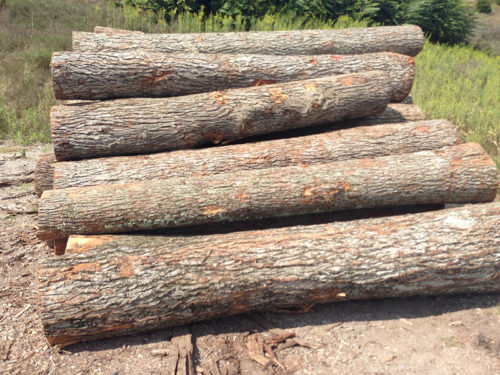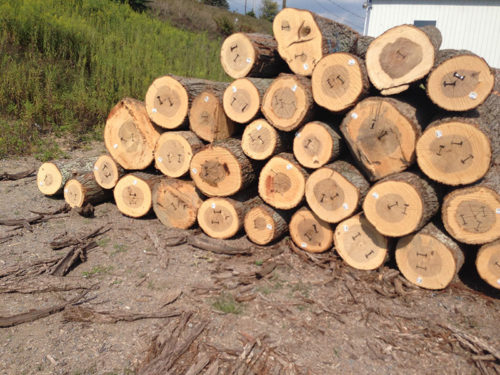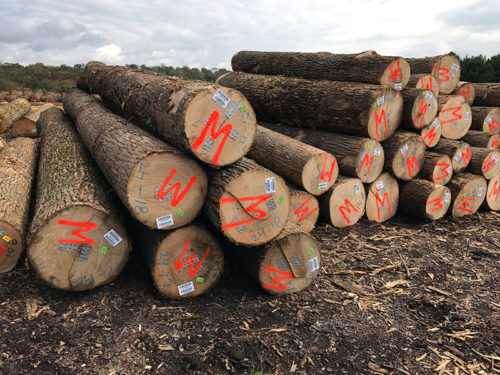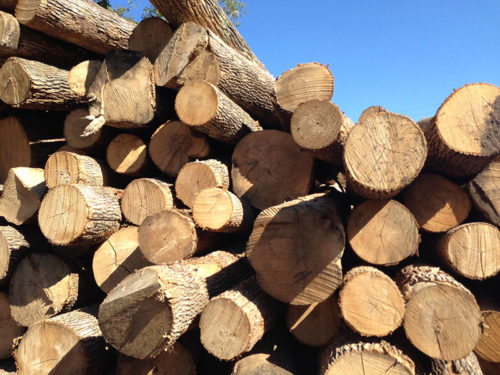The sapwood of walnut is creamy white, while the heartwood is light brown to dark chocolate brown, occasionally with a purplish cast and darker streaks. Walnut can be supplied steamed, to darken sapwood or left unsteamed. The wood is generally straight grained, but sometimes with wavy or curly grain that produces an attractive and decorative figure.
Walnut
- General description
- Distribution & Availability
- Working Properties
- Physical & Mechanical Properties
- Main Uses
General description
The sapwood of walnut is creamy white, while the heartwood is light brown to dark chocolate brown, occasionally with a purplish cast and darker streaks. Walnut can be supplied steamed, to darken sapwood or left unsteamed. The wood is generally straight grained, but sometimes with wavy or curly grain that produces an attractive and decorative figure.
Distribution & Availability
Throughout Eastern USA, but principal commercial region is the central United States. One of the few American species planted as well as naturally regenerated.
Working Properties
Walnut works easily with hand and machine tools, and nails, screws and glues well. It holds paints and stains very well and can be polished to an exceptional finish. It performs best when dried slowly, reducing the opportunity for degrade. Walnut has good dimensional stability.
Physical & Mechanical Properties
Walnut is a tough, hard timber of medium density, with moderate bending and crushing strengths and low stiffness. It has a good steam bending classification.
- Specific Gravity: 0.55 (12% M.C.)
- Average Weight: 609 kg/m3 (12% M.C.)
- Average Volumetric Shrinkage: 10.2% (Green to 6% M.C.)
- Modulus of Elasticity: 11,584 MPa
- Hardness: 4492 N
Main Uses
Furniture, cabinet making, architectural interiors, high class joinery, doors, flooring, gunstocks and panelling. A favoured wood for using in contrast with lighter coloured timbers.











